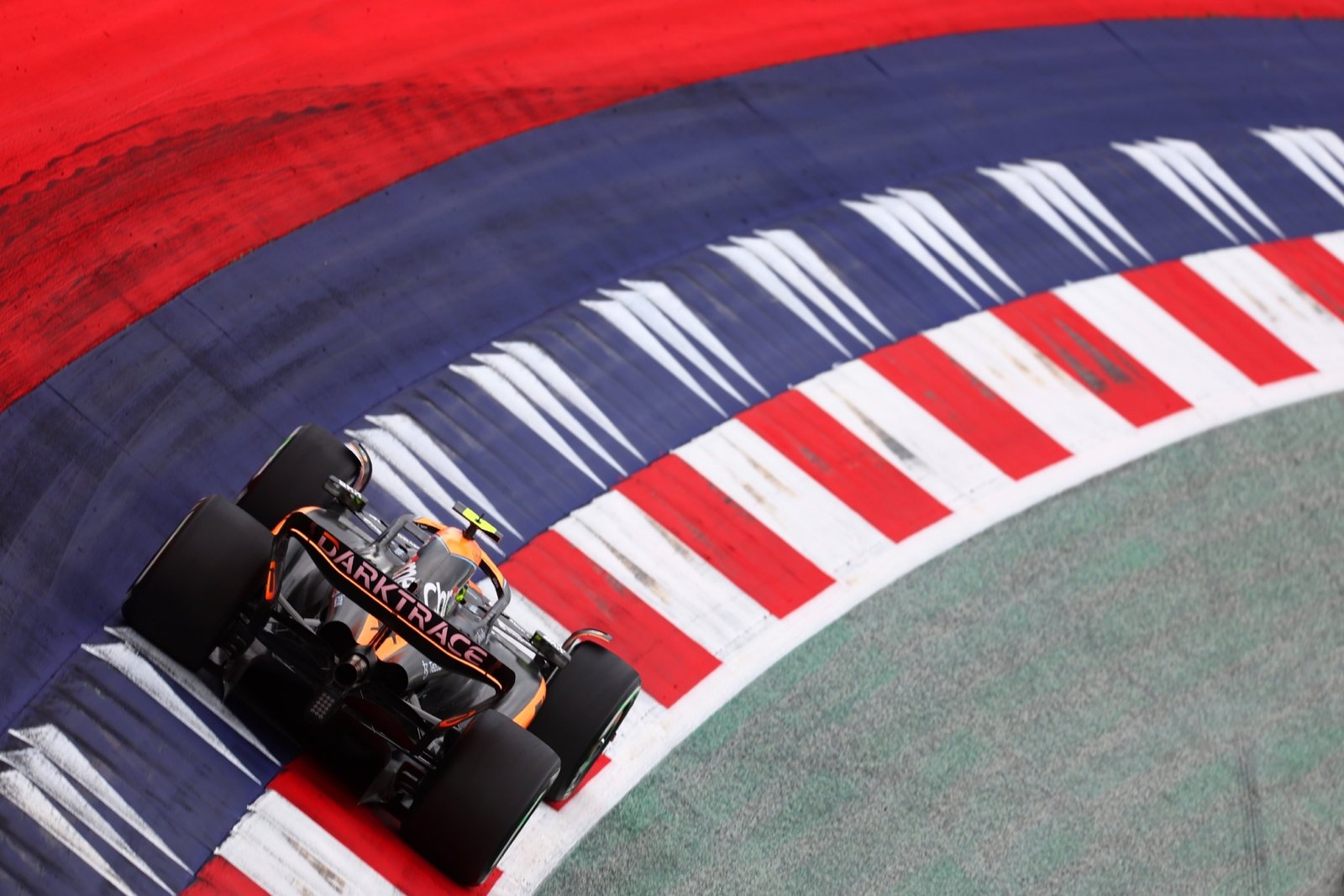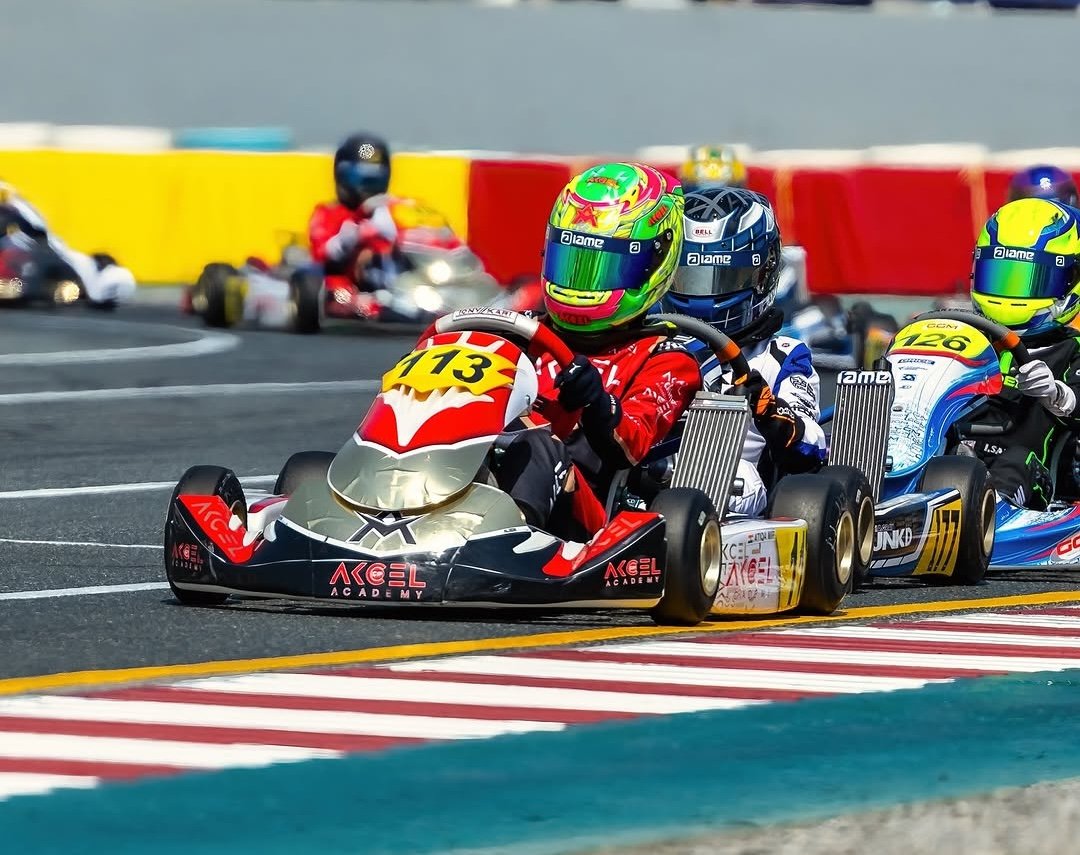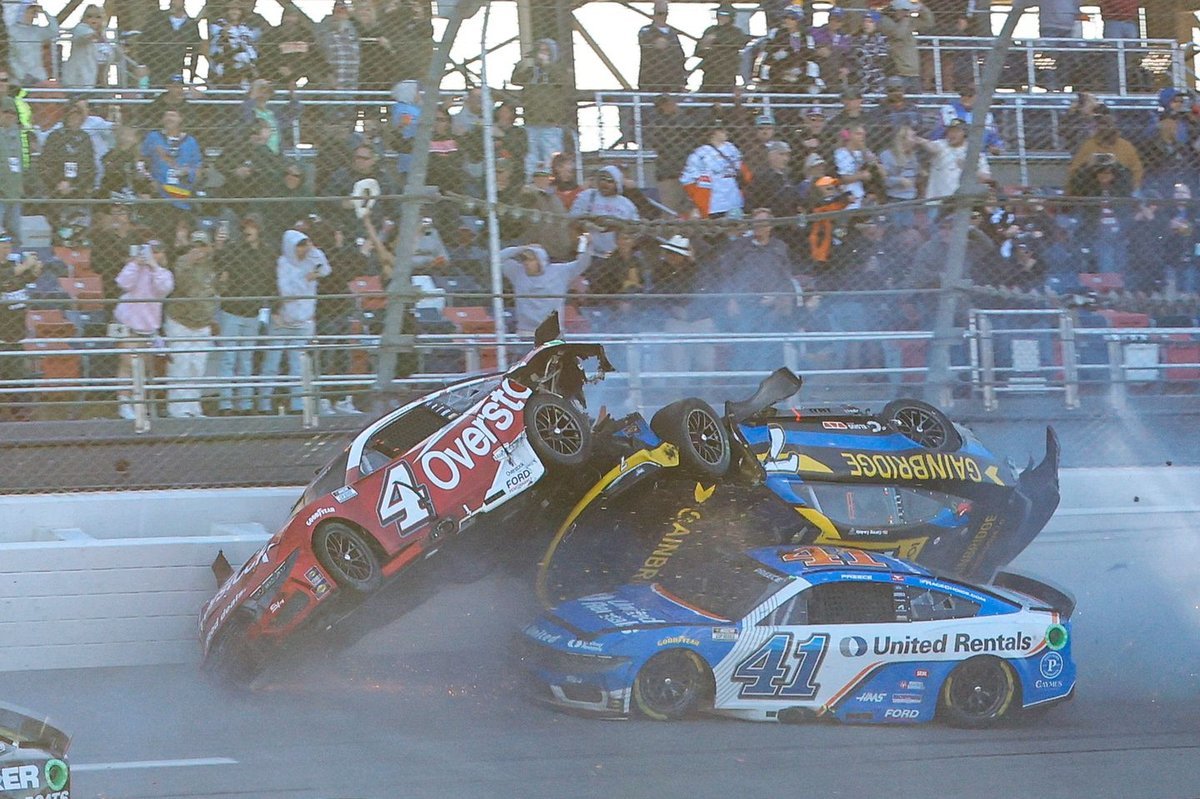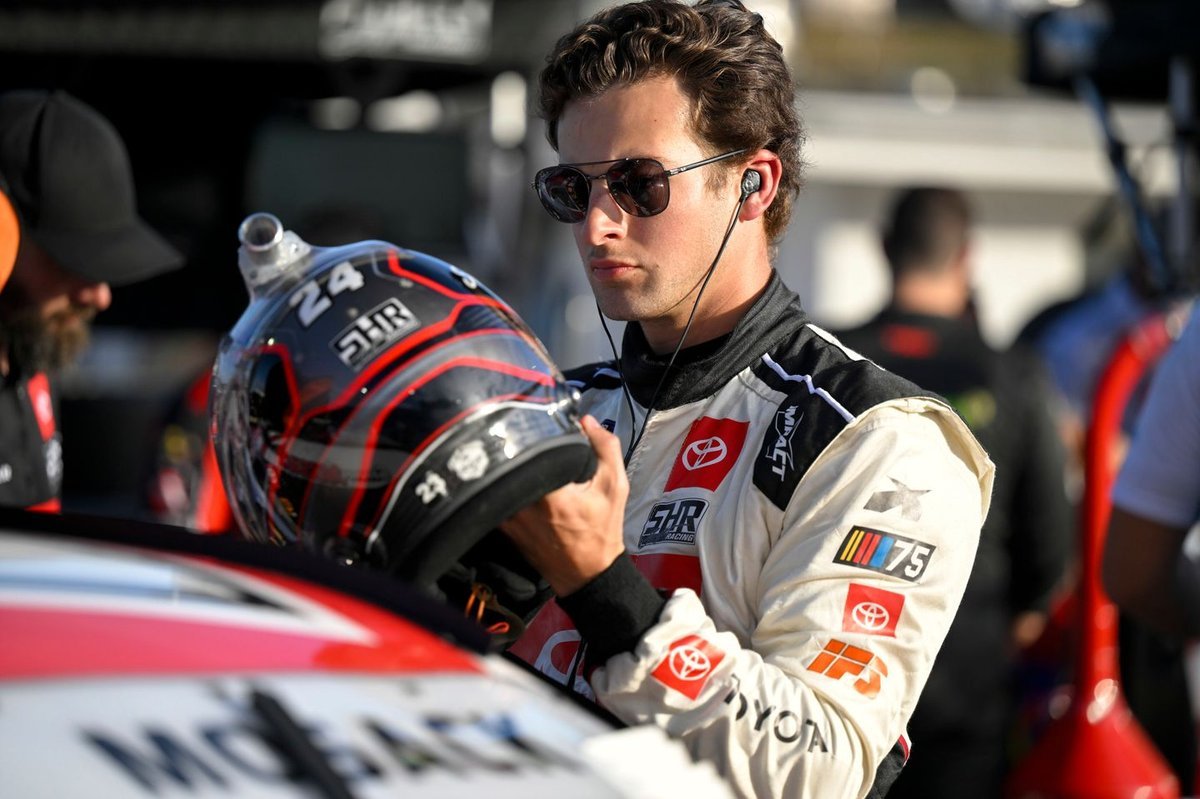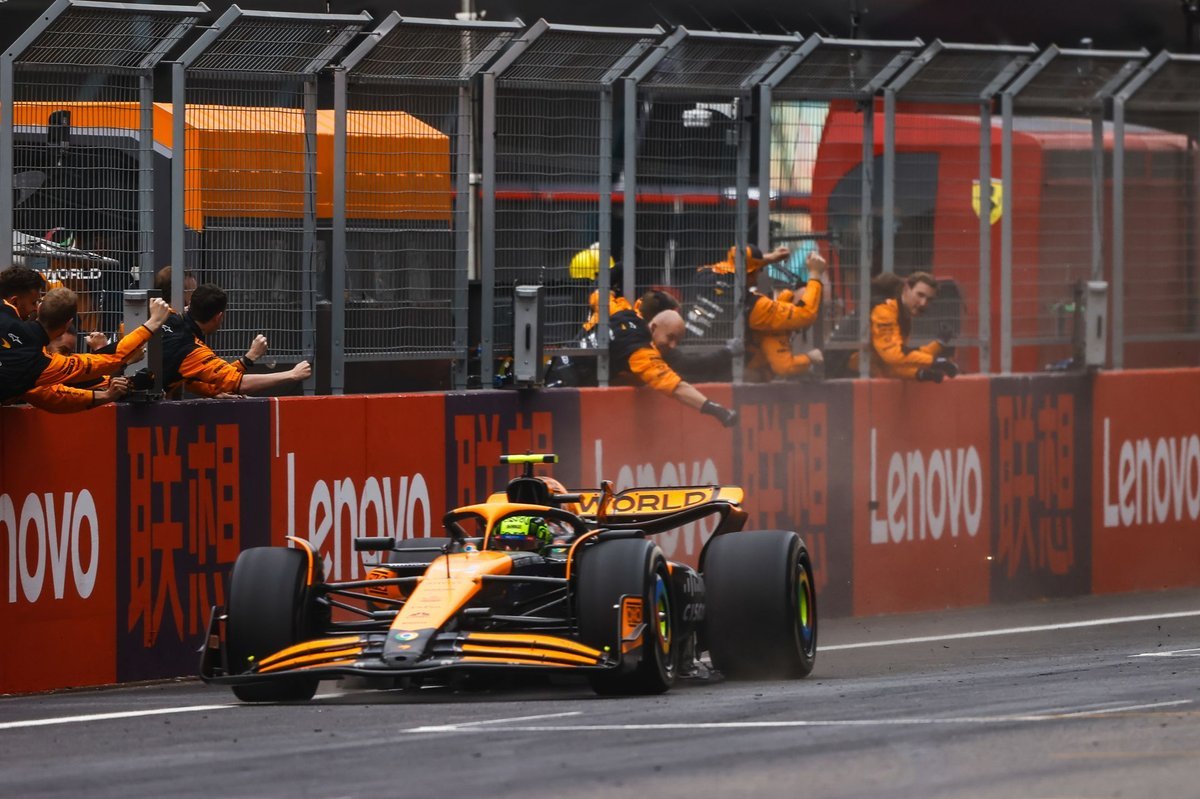This year, the FIA, the body that oversees Formula One, has made some minor modifications to the circuit at Austria’s Red Bull Ring. The purpose of these improvements is to prevent a recurrence of the numerous infractions of track rules that caused the stewards to be extremely busy during the previous year’s Austrian Grand Prix.
Last year at the Red Bull Ring, track limits violations reached an unprecedented level, resulting in chaos long after the race had ended. Hours after the chequered flag fell, the FIA handed out 12 penalties to eight drivers due to track limits violations. The officials had to review a staggering 1,200 potential track limits breaches, averaging about 17 per lap on a circuit that takes just over a minute to complete.
What Are Track Limits?
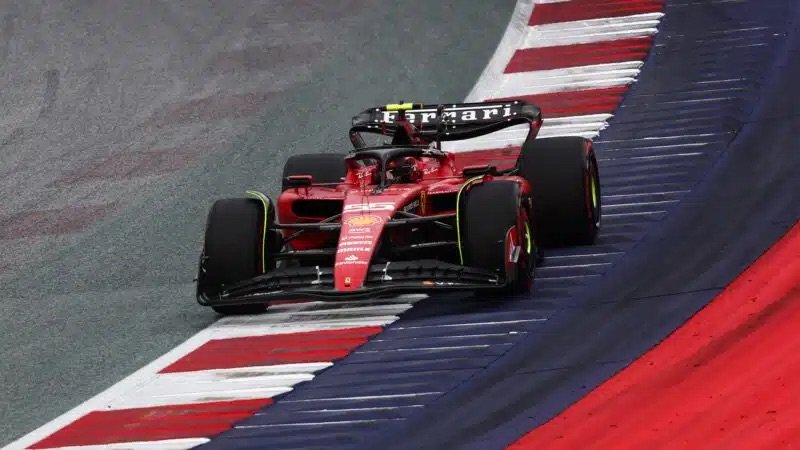
Track limits are the boundaries marked by a white line around the circuit. If a driver crosses this line with all four wheels, they have breached the track limits and face penalties after multiple infractions. Last year, Turns 9 and 10 were particularly problematic due to the asphalt verge behind the exit kerbs, offering nearly the same grip as the track, leading drivers to exploit this for better lap times.
The FIA’s Solution
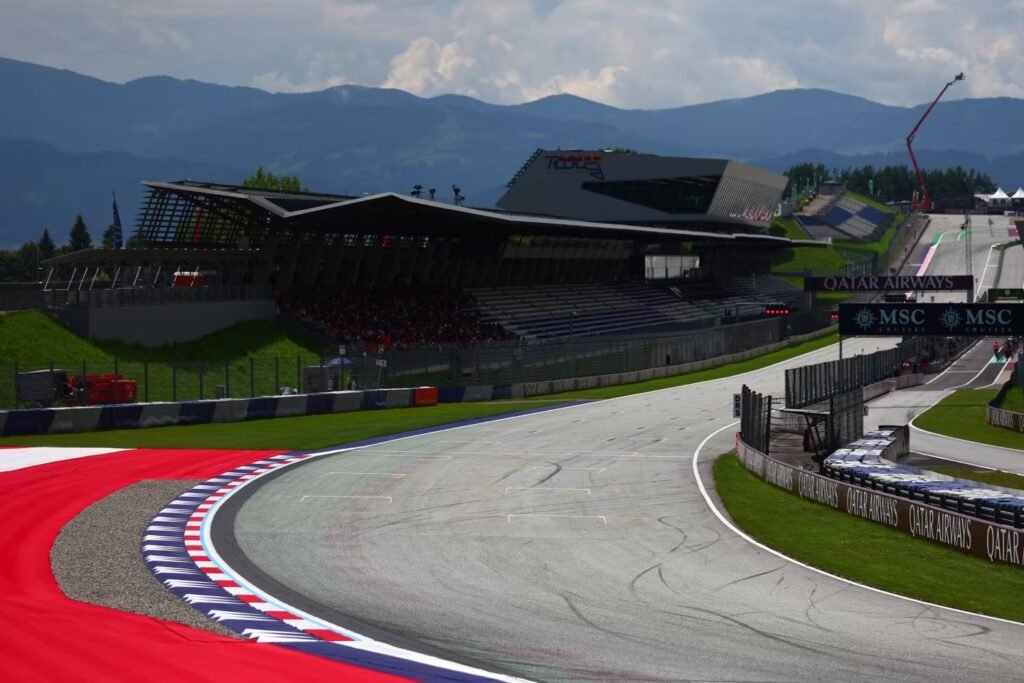
To combat these violations, the FIA has implemented several changes this year. A 2.5m wide gravel strip has been installed behind the kerb at the exits of Turns 9 and 10. Additionally, at Turn 4, the white line has been moved closer to the gravel, making it less than two metres away. This ensures that cars, which are two metres wide, cannot squeeze between the white line and the gravel without hitting the gravel.
“We’re creating a natural deterrent with the installation of a gravel strip and adding more clarity in how we delineate the track limits,” explained FIA F1 Race Director Niels Wittich. “Drivers will feel the gravel if they go off-track, which will naturally slow them down. This is what the drivers have requested – a clear limit that penalizes overstepping.”
Additional Blue Line for Clarity
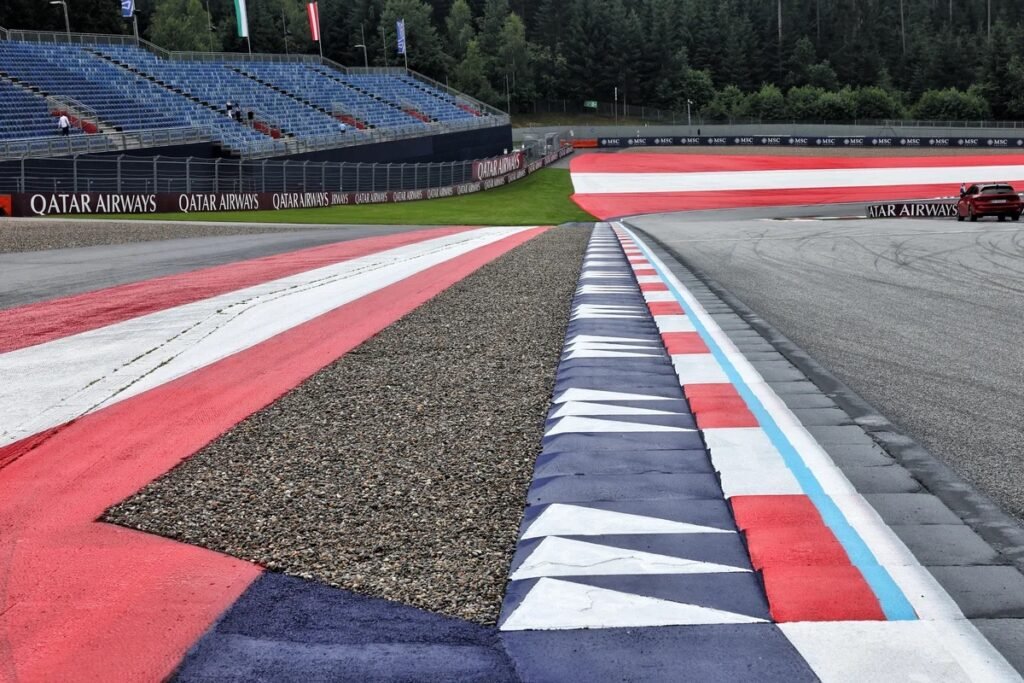
To further enhance visibility, the FIA has added a blue line behind the kerb. As the kerbs at the Red Bull Ring are two metres wide and painted red and white, identifying track limit breaches against the white line can be challenging. The new blue line will make it easier for marshals and officials to spot violations.
“The track limit judgment remains the same. Once no part of the car is on the white line, it’s a breach,” said Wittich. “The blue line will clearly show when a driver has crossed the limit, eliminating any doubt.”
These changes aim to ensure a fairer and more regulated race, preventing the chaos of last year and making it clear to drivers where the limits lie. With these measures, the FIA hopes to curb track limits violations and maintain the integrity of the sport.

